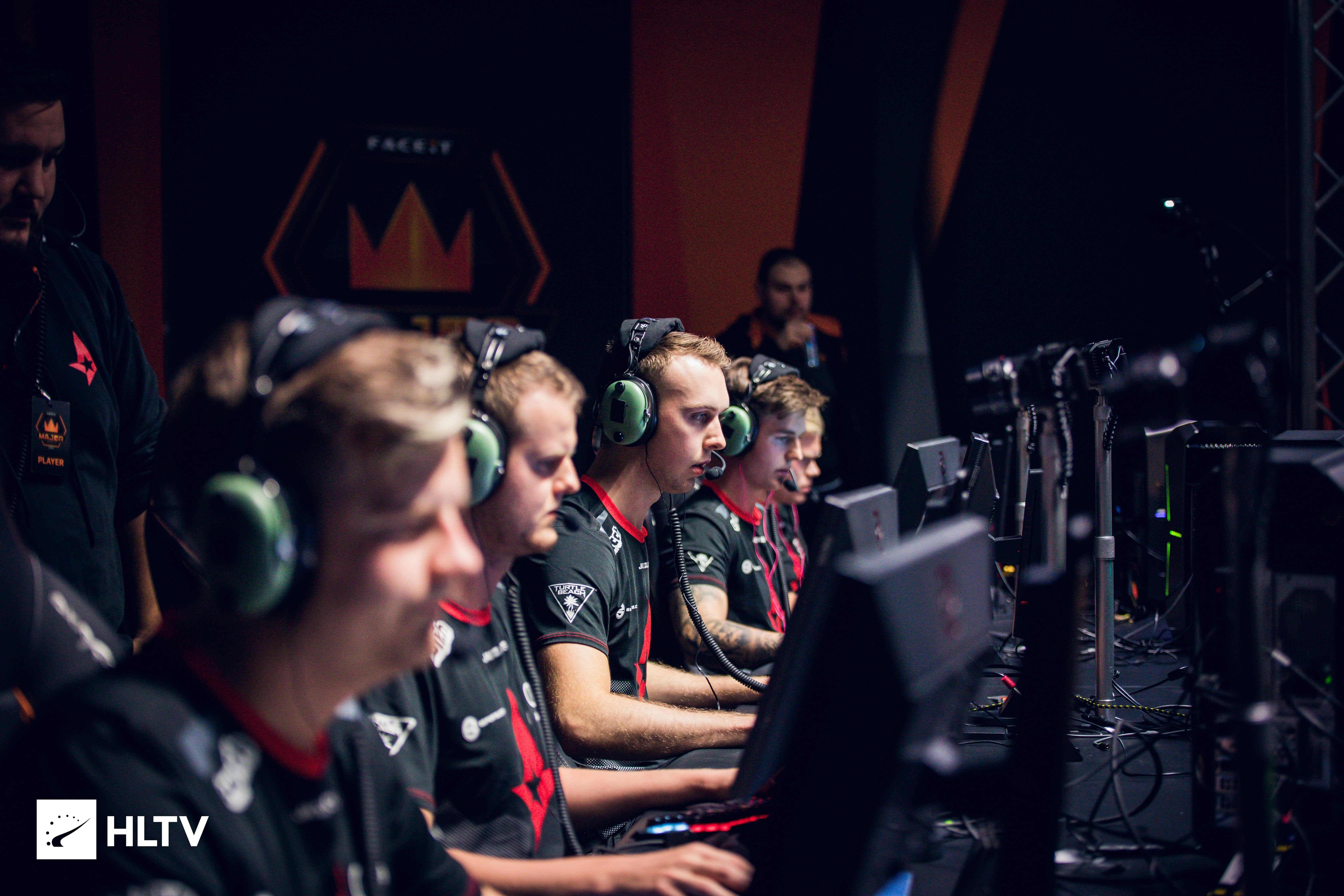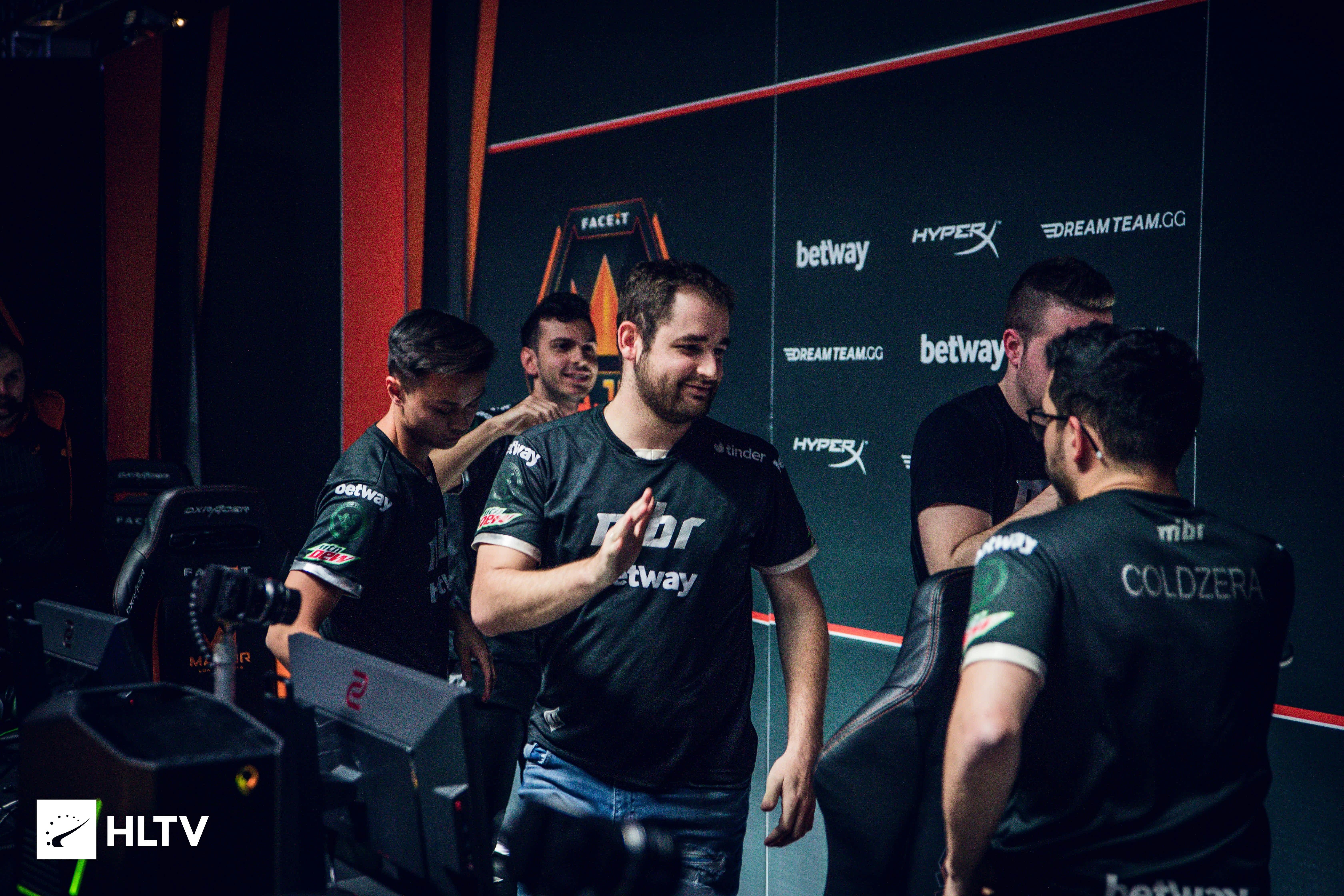Buchholz system in CS:GO – What The Hell is It?
It’s rare that the CS:GO major rules get changed so it is imperative to have a good understanding about the situation when this happens. The introduction of the Buchholz system in CS:GO is meant to smooth out the later rounds of the Swiss bracket and the playoff in order to avoid unnecessarily early meetings between well-performing teams. It’s the first adjustment to the events’ rules since last January when ELEAGUE Atlanta marked the introduction of the Swiss system in its entirety – not including the expansion of the field to 24 teams, of course.
Swiss cheese
The origins of the Buchholz system date back to 1932 and it was meant to resolve a specific issue in chess tournaments that would dog Swiss brackets ever since: if the draw of the 0-0 pairings is random, you will end up with participants of very different strength paired with one another in the later rounds. Worse yet, if you were to somehow pull off an upset win against a favorite, your 1-0 record would be exactly the same as someone else’s who was lucky enough to be paired with a scrub at the start. Surely this isn’t fair, right? Another way to look at this is that a regular point-based system favors those who face weaker opponents due to a lack of differentiation between the teams, which is why the QBF-AVANGAR decider match for the Legend spot at the last major was such a source of consternation for the community considering they managed to avoid teams like mousesports, Liquid and Na’Vi by sheer luck of the draw.
Enter Buchholz: the system developed by an obscure German chess player is meant to take the quality of the opposition you’ve faced throughout the event into account, mainly by focusing on their own performances during the tournament. In chess, you get one point for a win and half a point for a draw – your corresponding Buchholz score (or number) would be the total number of games won by your opponents throughout the event. The more they win, the better they were, increasing the value of your victories against them. The Buchholz system is generally used as a tie-breaker but it also works as a seeding method, which is what its role is in the FACEIT Major. The better teams you beat, the worse your opponent will be as a reward, at least based on their performance in the event up until that point.

It's a neat improvement over a completely unseeded structure but it still doesn’t completely eliminate the variance introduced by the random quality of opponents you face in the early rounds. A solution to that could be the use of seeding in the early rounds – which is what arguably the legends-versus-challengers setup at the start of the New Legend Stage does, though its wider implementation in the CS:GO majors seems unlikely as even the inflexible nature of the Legend spots remain a sacred cow year after year despite how much weight they put on otherwise outdated results. Additionally, there’ an alternative version of the system (the Median-Buchholz) where the scores of the worst- and best-performing opponents are discarded, similarly to the “trimmed mean” (or modified mean) used in sports like acrobatics where the score is determined by a panel of judges, which can also reduce the effects of such variance even further.

Up and down
The Buchholz system only kicks in with the third round of the Swiss bracket in the FACEIT Major both in the New Challengers and New Legends stages – and it also forms the basis of the playoff pairings, helping to avoid debacles like the SK-Astralis quarterfinal in Krakow. In this particular case, it is calculated based on the win-loss record of the opponents a particular team has faced up until that point (round score isn’t taken into account): for instance, Vega Squadron had a 10-5 Buchholz score for the decider round seedings in the New Challengers Stage because their opponents went 3-0, 3-1, 2-2 and 2-2 respectively up until that point, meaning they’ve lost to two teams that did very well so far in the event.
This 10-5 Buchholz score put them on top of that particular field, which is why they were going up against North who were on the bottom of the pile with a 7-9 Buchholz score (3-1, 2-2, 0-3 and 1-3). The system clearly picked up on the fact that North’s wins came against teams that were otherwise eliminated with little to show, giving less weight to their wins. The same method will be at work when determining the matchups for the latter stages of the Swiss bracket in the New Legends Stage and beyond – an especially nice improvement considering the added importance of the 0-2 games where the losers will miss out on their automatic re-invite.
Amusingly, the system’s introduction was apparently due to an HLTV article which caught the eye of FACEIT CBO Michele Attisani who then went on to pitch the idea to Valve. If this is what to take to improve the format of the CS:GO majors, then grab your pens, fellow journalists: it’s time to get cracking!
Do you prefer the Buchholz system in CS:GO? Let us know your thoughts by joining our Discord today!






